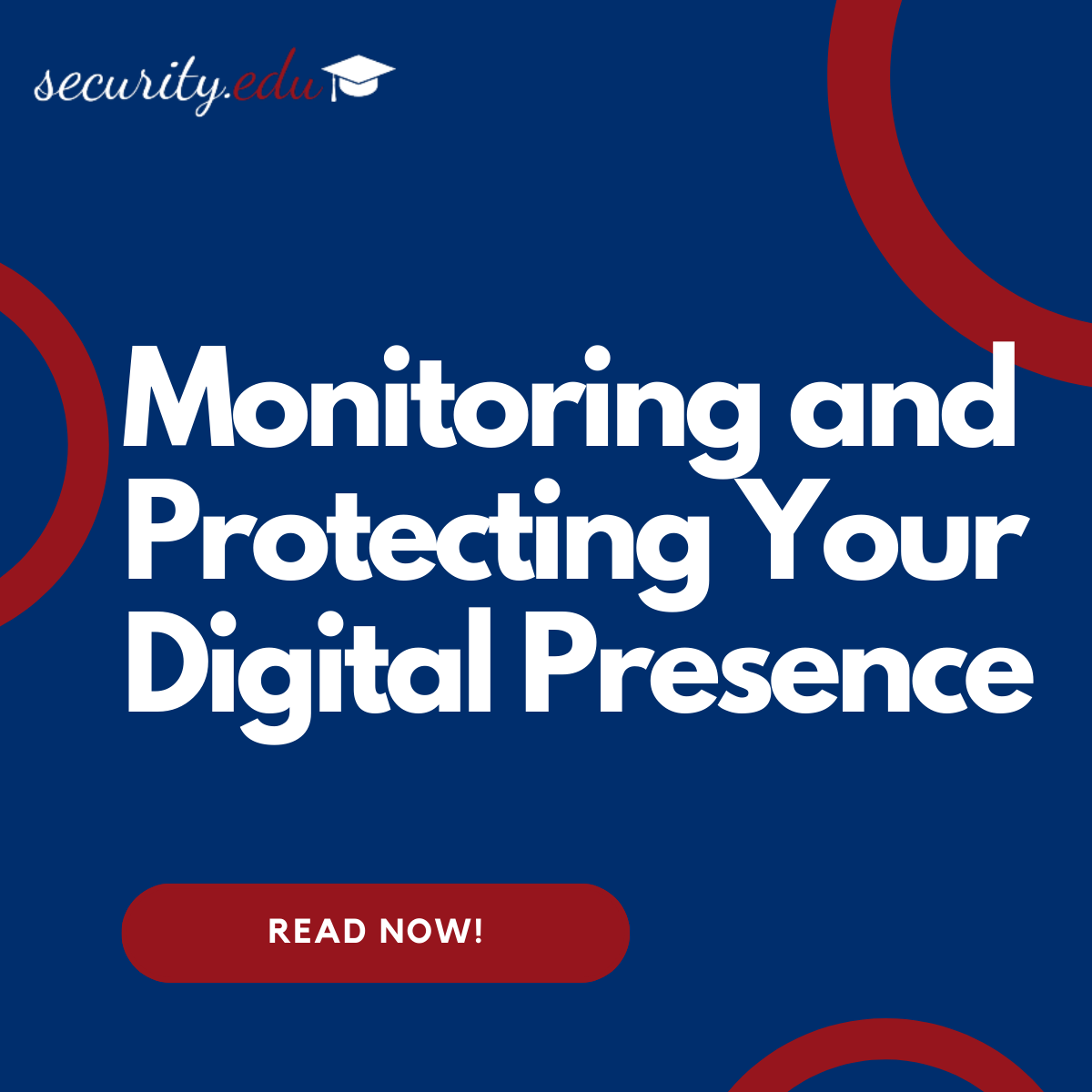In the digital age, an educational institution’s online presence is not just an extension of its campus but a vital component of its identity and reputation. As such, monitoring and protecting this digital presence is crucial for maintaining the integrity, security, and effectiveness of its SEO efforts. This article outlines practical strategies for educational institutions to safeguard their online presence, ensuring it remains a positive and accurate reflection of their values and contributions to the academic community.
The Importance of Digital Presence Management
Reputation Management: The internet is the first place many prospective students, faculty, and researchers turn to when seeking information about an institution. A well-managed digital presence can enhance reputation, while neglect can lead to misinformation and reputational damage.
Security and Trust: Protecting your institution’s website and social media from hacking, spam, and malicious content is vital for maintaining trust with your audience and ensuring the security of your digital assets.
SEO and Visibility: Regular monitoring and maintenance of your digital presence help to optimize your SEO efforts, ensuring that your content is accurately indexed and ranked by search engines.
Strategies for Monitoring Your Digital Presence
- Regular Website Audits:
- Conduct periodic audits of your website to check for broken links, outdated content, and security vulnerabilities. Tools like Google Analytics and SEMrush can provide insights into website performance and areas for improvement.
- Social Media Monitoring:
- Utilize social media management tools to monitor mentions of your institution, track engagement levels, and respond to comments or inquiries promptly.
- Reputation Monitoring:
- Set up Google Alerts for your institution’s name and key figures to stay informed about online mentions and news articles, allowing you to address any misinformation or negative press proactively.
Protecting Your Digital Presence
- Implementing Strong Security Measures:
- Ensure your website is secure by regularly updating software, using strong passwords, and employing security plugins or services to guard against cyber threats.
- Content Management Policies:
- Develop clear policies for content creation, approval, and publication to ensure consistency and accuracy across your digital platforms. This includes guidelines for handling sensitive or controversial topics.
- Handling Negative Feedback:
- Establish protocols for responding to negative comments or reviews, focusing on professionalism and constructive engagement. In some cases, addressing concerns publicly can demonstrate your institution’s commitment to transparency and quality.
Best Practices for a Healthy Digital Ecosystem
- Accessibility and Inclusivity: Ensure your digital content is accessible to all users, including those with disabilities, by adhering to web accessibility standards.
- Engaging with Your Community: Foster a positive online community by actively engaging with students, faculty, and stakeholders through regular updates, interactive content, and open channels for feedback.
- Continuous Learning and Adaptation: Stay informed about the latest digital trends, SEO strategies, and cybersecurity measures to continually refine and protect your institution’s digital presence.
Conclusion
For educational institutions in the digital era, vigilance in monitoring and protecting their online presence is not optional—it’s essential. By implementing robust strategies for digital presence management, institutions can safeguard their reputation, enhance their SEO efforts, and maintain a secure and engaging online ecosystem. As the digital landscape evolves, so too should the strategies employed to navigate it, ensuring that educational institutions can thrive online and continue to make valuable contributions to global education and research.
Next in This Series
Collaboration and SEO: A Strategy for Growth: Explore how forming strategic partnerships and collaborations can further enhance SEO efforts and broaden the reach and impact of educational content online.

